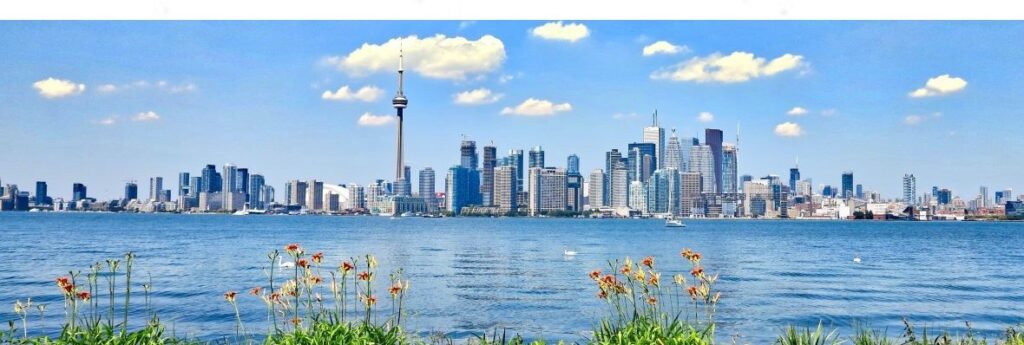Great waterfronts help make great cities, for both residents and tourists who might be inclined to visit. But, clogged with condos, chocked by construction and traffic, and cut off by the crumbling Gardiner Expressway, it’s clear to anyone that Toronto doesn’t have one.
It’s an observation that is validated by new research published in the report ‘Great Waterfront/Great City: The Waterfront and Toronto’s Future,’ which makes a powerful case for the role of the city’s waterfront in the economic future of the city and region – especially Toronto’s downtown central business district, which continues to suffer from the shift to remote work.
Authored by respected urbanist Richard Florida, the report benchmarks Toronto’s waterfront against those of other global cities like New York, London, Singapore, Chicago, Stockholm, Sydney, and others.
And it concludes that while important progress has been made – including the rerouting of the Don River – Toronto’s waterfront lags other global cities on important indicators.
The best urban waterfronts are destinations that attract visitors from across their regions and around the world, says the report. And with the shift to remote work and declines in downtown offices, visitors make up the majority of activity in urban centres, providing ideal sites for the major destination attractions that attract visitors and help activate adjacent neighbourhoods and support downtowns.
As the report notes: “Successful urban waterfronts thrive on a diversity of activities and uses. Their basic operating principle is not either/or, but and. They have great parks and iconic buildings. They have mixed-use neighbourhoods with much-needed affordable housing and sports stadiums, museums, art galleries, music venues, and academic complexes.”
Research findings:
- Shows how the waterfront is key to Toronto’s economic future, calling for a comprehensive and integrated approach that combines mixed use development, housing, cultural sites, parks, hotels and restaurants, stadiums, museums, and other attractions to create high-traffic destinations for residents and tourists alike.
- Presents detailed benchmarking data which shows how Toronto’s waterfront lags against other leading global cities.
- Proposes how the Eastern Waterfront can function as hub and anchor for Toronto’s burgeoning high tech industry and a hub for future arts and cultural development, while also serving as a world class mixed-use neighbourhood providing much-needed affordable housing.
- Also argues that the planned redevelopment of Ontario Place can create an entertainment and visitor anchor for the Western Waterfront and adjacent parts of the urban core.
- Highlights the critical importance of retaining and expanding Billy Bishop airport as an important competitive advantage and sustainable urban alternative to traditional airport infrastructure.
- Shows how building a world-class waterfront requires a combination of public and private funding, Toronto needs to get over its reluctance to use private capital and stop chasing foreign investment away. Both will be critical, not just to build the attractions but to maintain the surrounding parks and green spaces on an ongoing basis.
“(Great waterfront’s) signature attractions are embedded in a broad fabric of parks, beaches, and natural landscapes, and they are connected to their cities via pedestrian bridges, bike paths, walking and running trails, transit, and water taxis,” concludes Florida. “A truly great waterfront presents a city’s best face to the world while activating its economy with attractions that appeal to both the locals who live, work, and shop there and business travellers and tourists.”

